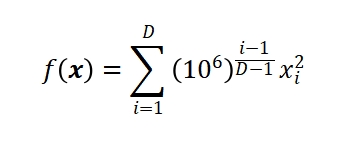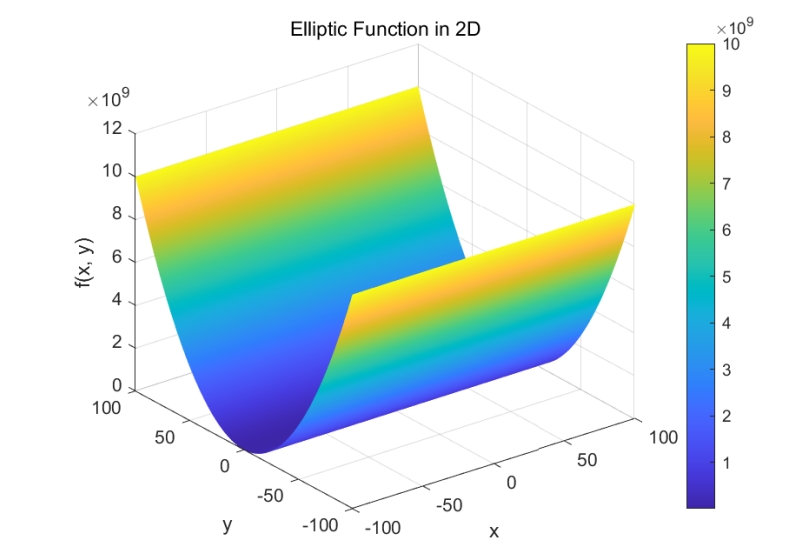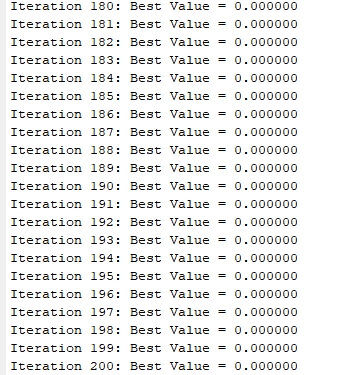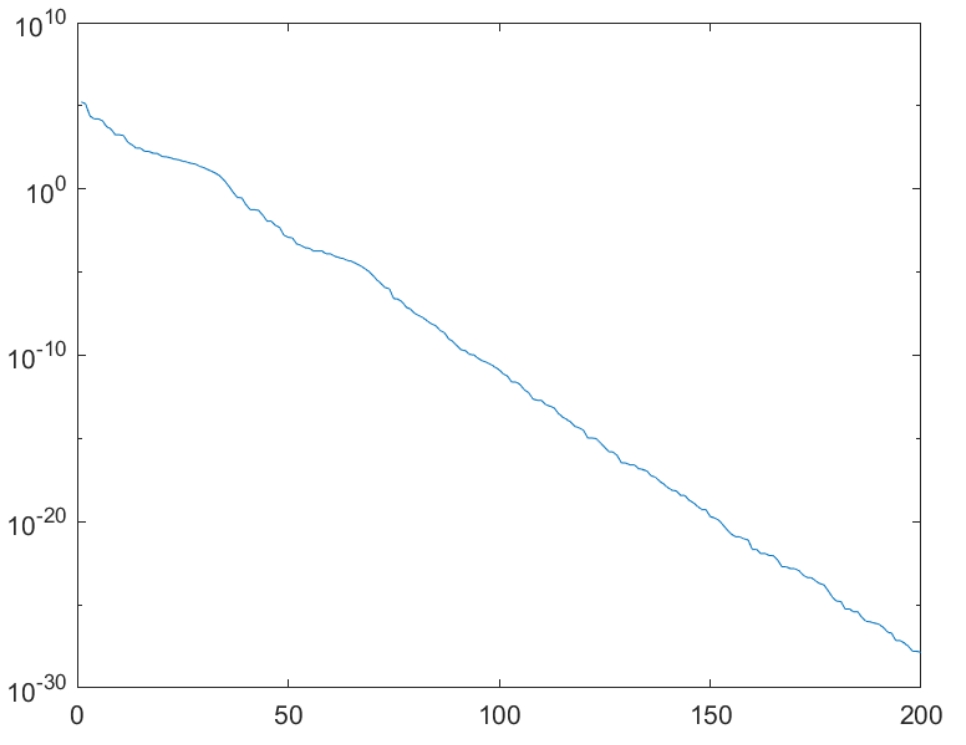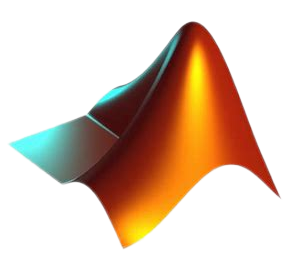1.1 Introduction to Particle Swarm Optimization
Particle Swarm Optimization (PSO) is an optimization algorithm based on swarm intelligence, inspired by the foraging behavior of bird flocks. Proposed by Kennedy and Eberhart in 1995, it is primarily used to solve optimization problems in continuous spaces. PSO simulates the movement of individuals (particles) within a bird flock in search space to find the optimal solution. Each particle has a position and velocity, and can remember its own best position experienced (individual best) and the best position experienced by the entire swarm (global best). Particles adjust their velocity and position based on this information, in the hope of finding a better solution.
1.2 Implementation Steps of Particle Swarm Optimization
(1) Initialization: Generate a group of particles randomly, with each particle having a random position and velocity.
(2) Evaluation: Calculate the fitness value (i.e., the objective function value) for each particle.
(3) Update Personal Best: If the current fitness value of a particle is better than its personal best, update the personal best position.
(4) Update Global Best: If the personal best value of a particle is better than the global best value, update the global best position.
(5) Update Velocity and Position: Update the velocity and position of each particle according to the following formulas.

1.3 Advantages and Disadvantages of Particle Swarm Optimization
Advantages: Particle Swarm Optimization is known for its simplicity in implementation, lack of need for gradient information, strong global search capability, and inherent parallelism. These characteristics make it an effective tool for solving nonlinear, multimodal problems, particularly suitable for applications where derivatives are difficult to obtain or multiple solution space regions need to be explored.
Disadvantages: Particle Swarm Optimization also has some limitations, including high sensitivity to parameter settings, a tendency to get trapped in local optima, increased computational cost for high-dimensional problems, and a lack of rigorous theoretical convergence and performance guarantees. These disadvantages require users to carefully select and adjust parameters when applying the algorithm, and to optimize based on the specific characteristics of the problem at hand.
1.4 Applications of Particle Swarm Optimization
